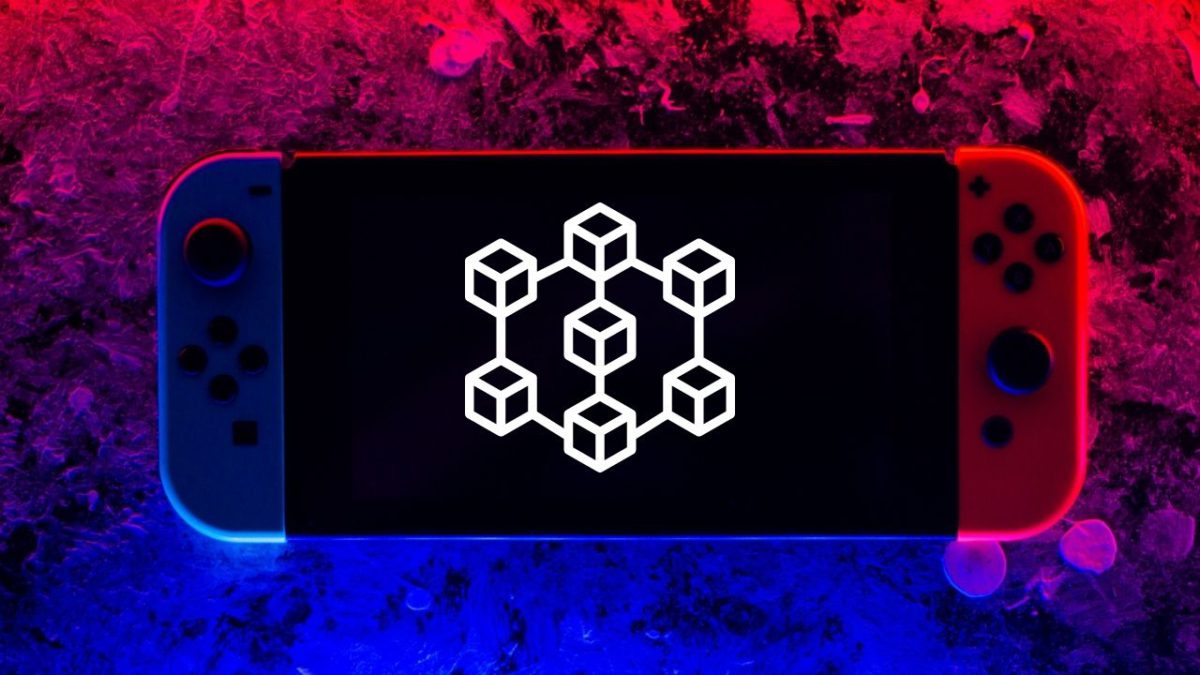Blockchain 4.0 technology delivers scalability, transaction speed, and throughput
Although there is no singular metaverse notion, there is one characteristic that all current proposals share in common. That is, they are built on the ledger technology of blockchain. The metaverse can now exist without an owner, thanks to the blockchain. It allows each participant to modify the reality of a digital universe. While the peer-to-peer network makes a good theory, the problem is a roadblock that must be addressed if the metaverse becomes a reality.
The third and frequently overlooked component of a decentralized future in the blockchain trilemma is scalability. Without it, it results in slow transaction rates and limited throughput, critical to the technology’s future growth and acceptance.
#MetaHash aims to overcome this impediment to metaverse generation. #MetaHash is a blockchain 4.0-based next-generation network. Users can access a platform for sharing crypto assets and administering decentralized apps using this technology (DApps). But arguably more important to the network’s long-term viability is its capacity to run autonomous sub-chains safeguarded by the network. By guaranteeing that the leading network is never overloaded, sub-chains provide a cost-effective method for running what is known as a #MetaApp.
“Metahash is, without a doubt, one of the most technologically advanced options now available. We will accelerate product development, popularise staking, and even foster MHC’s mainstream acceptance with a substantial investment into the system “Dmitrii Danilenko, the creator and CEO of the project’s partner, aStake.io, responds to the network’s possibilities.
aStake and #MetaHash hope to provide automated staking solutions for those without technical experience through this collaboration. Before its introduction, aStake had secured approximately $10 million in MHC staking commitments.
Initial aStake clients who purchased MetaHash (MHC) coins during the closed presale have received wallets containing MHC that is currently staking. Although only one example, their cooperation with aStake exemplifies how having a solid foundation may help move the sector forward.
The problem of scalability.
When it comes to the objective of #MetaHash, speed, transaction cost, and the ensuing scalability become critical variables. When it comes to the first component, speed, #MetaHash is planned to complete a transaction on a core node in as little as 3 seconds (as opposed to Bitcoin’s 10 minutes), resulting in more than 5 billion transactions per day, with each node capable of handling 100,000 transactions per second. A machine learning system is in place to determine node roles and how they are dispersed within the network, resulting in significantly faster speeds.
There are two advantages to expanding the number of transactions that can take place. It assures that the network can fulfill growing consumer demand for convenience while ensuring reasonable prices. In practice, the network is set up to free most transactions, with fees appearing only as the network load increases to protect the network from spam. As a result, cross-chain #MetaHash coins can now be used to do low-cost microtransactions.
When these characteristics are coupled, the solution’s scalability improves even further. For signal routing over the network, #MetaHash uses #TraceChain, an autonomous self-learning mechanism. The chain processes 50,000 transactions per second (TPS), which grows when more nodes with better bandwidth join the system, resulting in an indefinitely scalable solution.
Also, read – Importance of Blockchain Layer Two in Crypto
The dissemination of data on the network via Peer Nodes is the key to achieving this level of throughput. Transactions begin at the farthest radii and go to the core network through the shortest path. The nodes that are deemed to be the quickest verify transactions between themselves.
#MetaHash bridges are the final component in establishing the platform on a metaverse basis, thanks to underlying blockchain interoperability. Bridges allow users to benefit from seamless integration and interaction across the digital realm between blockchains and cryptocurrencies.
Keeping progress moving ahead
CryptoRank data has gained +169.6 percent at a price over the last year, giving the team an excellent platform for success. Over the next 12 months, #MetaHash hopes to help with the development of bridges for other cryptocurrencies, the implementation of a decentralized exchange (DEX) with bridge support, and the ability to issue tokens on the #MetaHash blockchain, as well as integrations with the more significant NFT sector.
Stay informed with daily updates from Blockchain Magazine on Google News. Click here to follow us and mark as favorite: [Blockchain Magazine on Google News].
Get Blockchain Insights In Inbox
Stay ahead of the curve with expert analysis and market updates.
latest from tech
Disclaimer: Any post shared by a third-party agency are sponsored and Blockchain Magazine has no views on any such posts. The views and opinions expressed in this post are those of the clients and do not necessarily reflect the official policy or position of Blockchain Magazine. The information provided in this post is for informational purposes only and should not be considered as financial, investment, or professional advice. Blockchain Magazine does not endorse or promote any specific products, services, or companies mentioned in this posts. Readers are encouraged to conduct their own research and consult with a qualified professional before making any financial decisions.

 Bitcoin
Bitcoin  Ethereum
Ethereum  Tether
Tether  XRP
XRP  Solana
Solana  Dogecoin
Dogecoin  USDC
USDC  Lido Staked Ether
Lido Staked Ether  Cardano
Cardano  TRON
TRON  Avalanche
Avalanche  Chainlink
Chainlink  Wrapped stETH
Wrapped stETH  Sui
Sui  Toncoin
Toncoin  Shiba Inu
Shiba Inu  Wrapped Bitcoin
Wrapped Bitcoin  Stellar
Stellar  Polkadot
Polkadot  Hyperliquid
Hyperliquid  Hedera
Hedera  WETH
WETH  Bitcoin Cash
Bitcoin Cash  LEO Token
LEO Token  Uniswap
Uniswap  Litecoin
Litecoin  Pepe
Pepe  Wrapped eETH
Wrapped eETH  NEAR Protocol
NEAR Protocol  Ethena USDe
Ethena USDe  Aptos
Aptos  USDS
USDS  Internet Computer
Internet Computer  Aave
Aave  Cronos
Cronos  POL (ex-MATIC)
POL (ex-MATIC)  Mantle
Mantle  Ethereum Classic
Ethereum Classic  Render
Render  MANTRA
MANTRA  Monero
Monero  WhiteBIT Coin
WhiteBIT Coin  Bittensor
Bittensor  Dai
Dai  Artificial Superintelligence Alliance
Artificial Superintelligence Alliance  Arbitrum
Arbitrum  Ethena
Ethena 



